
From canned fried rice to colonialism: Leiden Transvaal neighbourhood shows world history in miniature
Together with students and local residents, historians Ariadne Schmidt and Alicia Schrikker researched the Leiden Transvaal neighbourhood. They will present their findings on Thursday 20 October, at a specially organised mini-festival in the neighbourhood.
Would you like to research the Transvaal neighbourhood with me? With This was thethat question, Senior University Lecturer in colonial history Schrikker, herself a resident of the neighbourhood resident, asked when she knocked on the door of her colleague Schmidt, professor by special appointment of in the Hhistory of Uurban Cculture, a few years ago. 'Transvaal is actually a micro-laboratory for history,' Schrikker says. 'All kinds of strands from local and world history come together there. We wanted to know what happens when you look at history from such a place on earth.'
In the project, cooperation with the neighbourhood was paramount from the start. Neighbourhood walks were undertaken to find inspiration for research topics, students interviewed local people and residents themselves contributed objects or stories, which were eagerly included in the research corpus. The final result is a kaleidoscopic picture of a colonial-style neighbourhood built around a cannery.
The world in miniature
'Colonial history is often about very big stories,' Schmidt explains. 'We think it’s interesting to show the everyday, taking in the histories of all those people who lived in Transvaal, the workers who worked there and the goods that went from that neighbourhood all over the world. In fact, you see the great events of the past projected there.'
This is reflected in the example of 'the canned nasi' (a dish of fried rice), to which one of the students devoted a paper. 'When the factory turned 100, an anniversary tin of nasi was made,' says Schrikker. 'It is very questionable whether it tasted good, but our main concern was the label. Indonesia was already independent when the tin was released, but the design is still entirely that of a colonial elite household: a Javanese servant and a gong showing the Leiden key. For me, that shows exactly how big events can simmer down into the everyday. Indonesia may have been decolonised, but that hadn’t yet reached Dutch consumers and manufacturers.
-
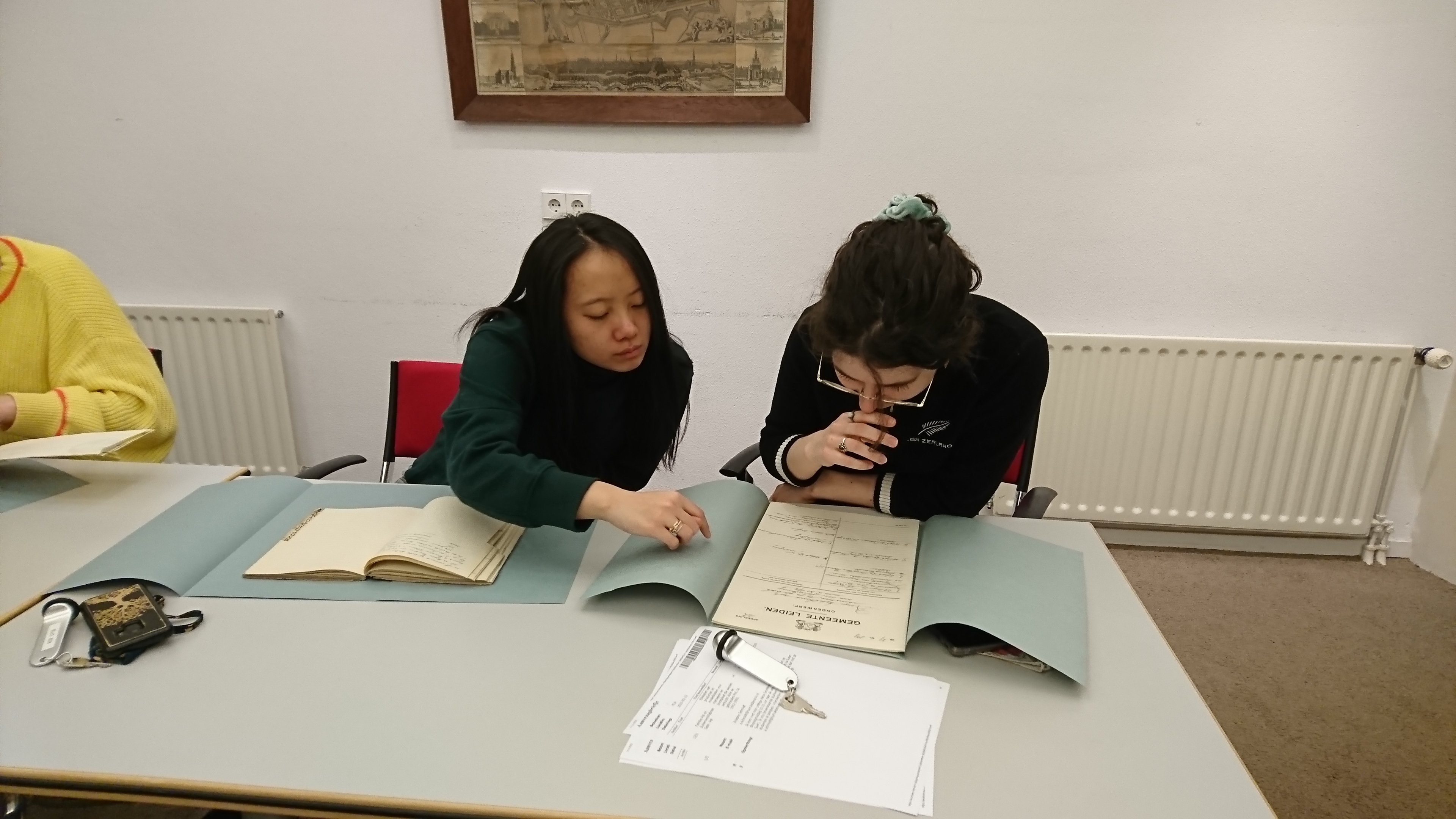
Students at work -
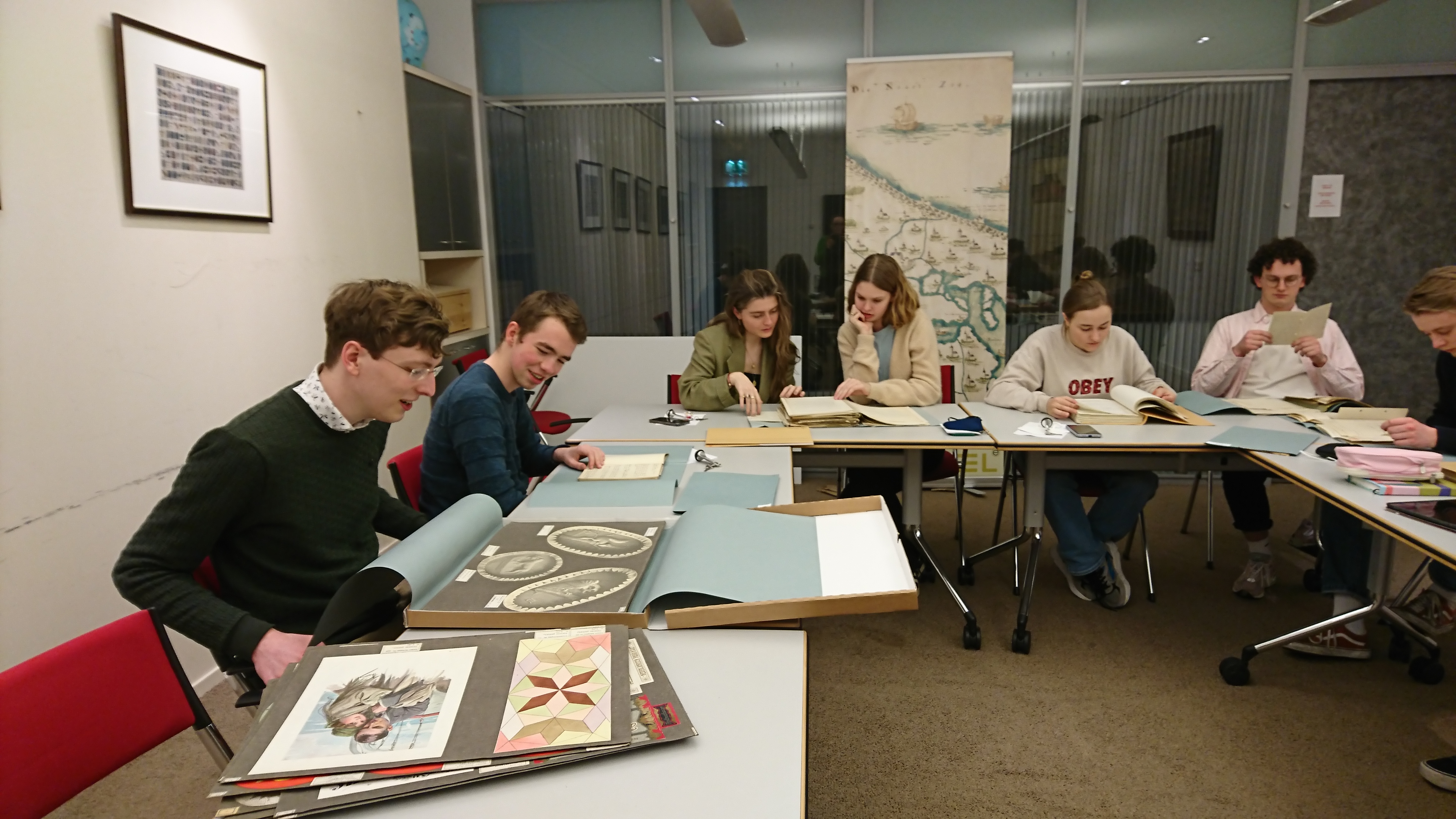
Students at work -
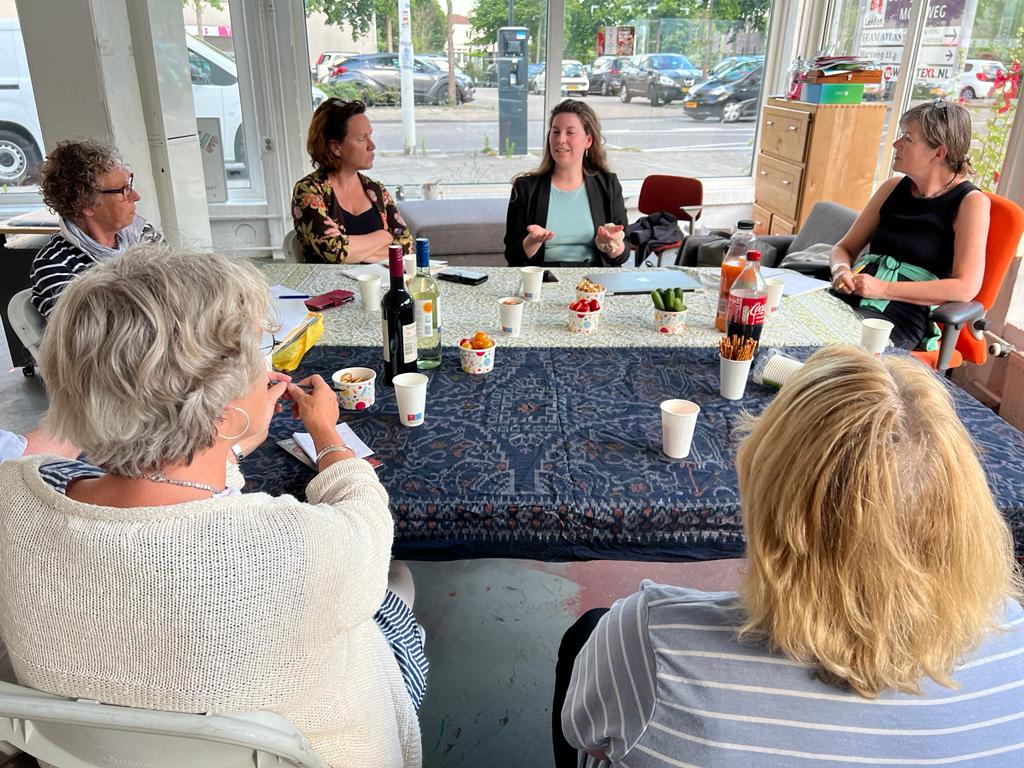
Talking to the locals -
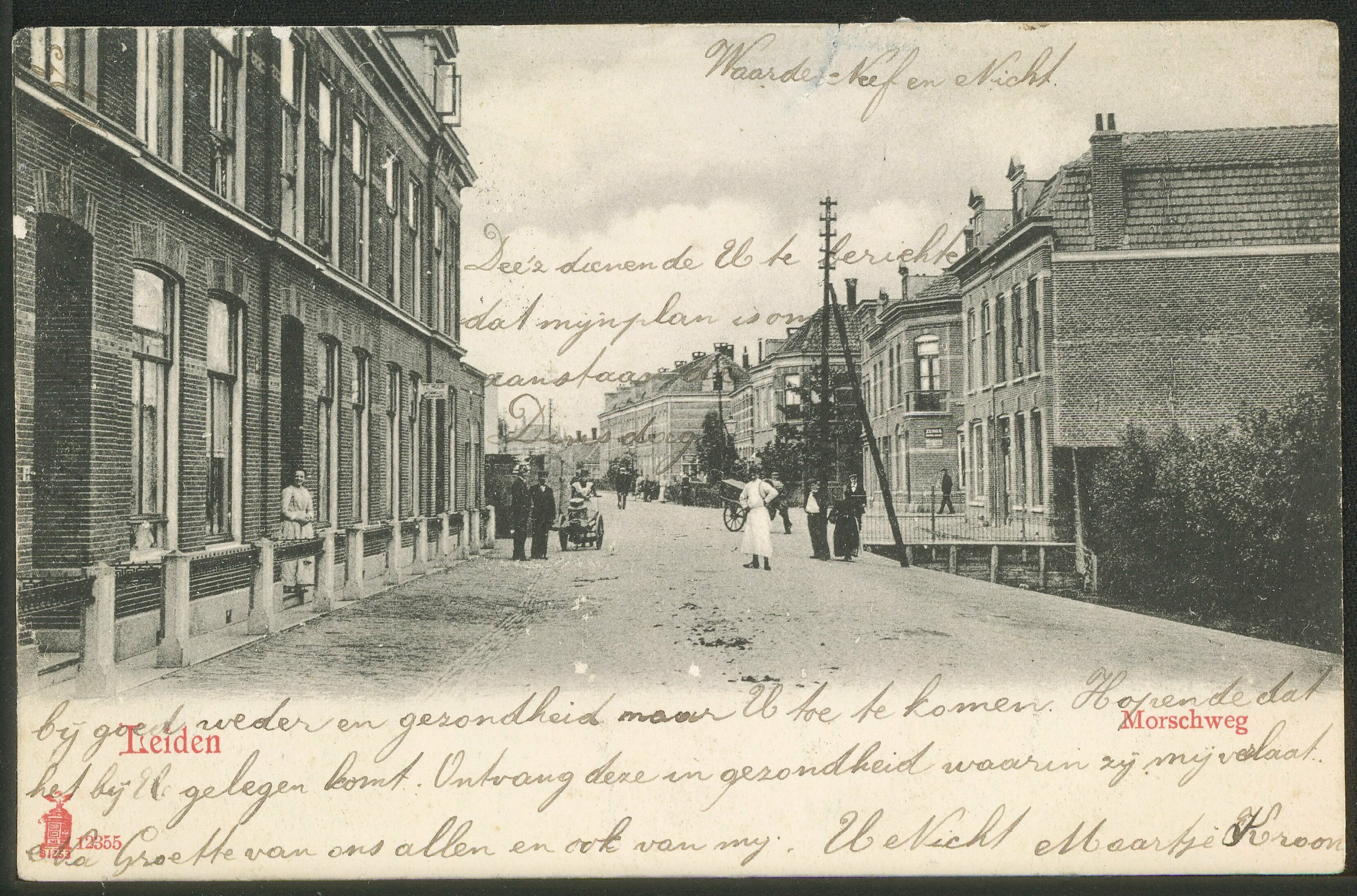
An old postcard of the Morsweg around 1900, via Heritage Leiden -
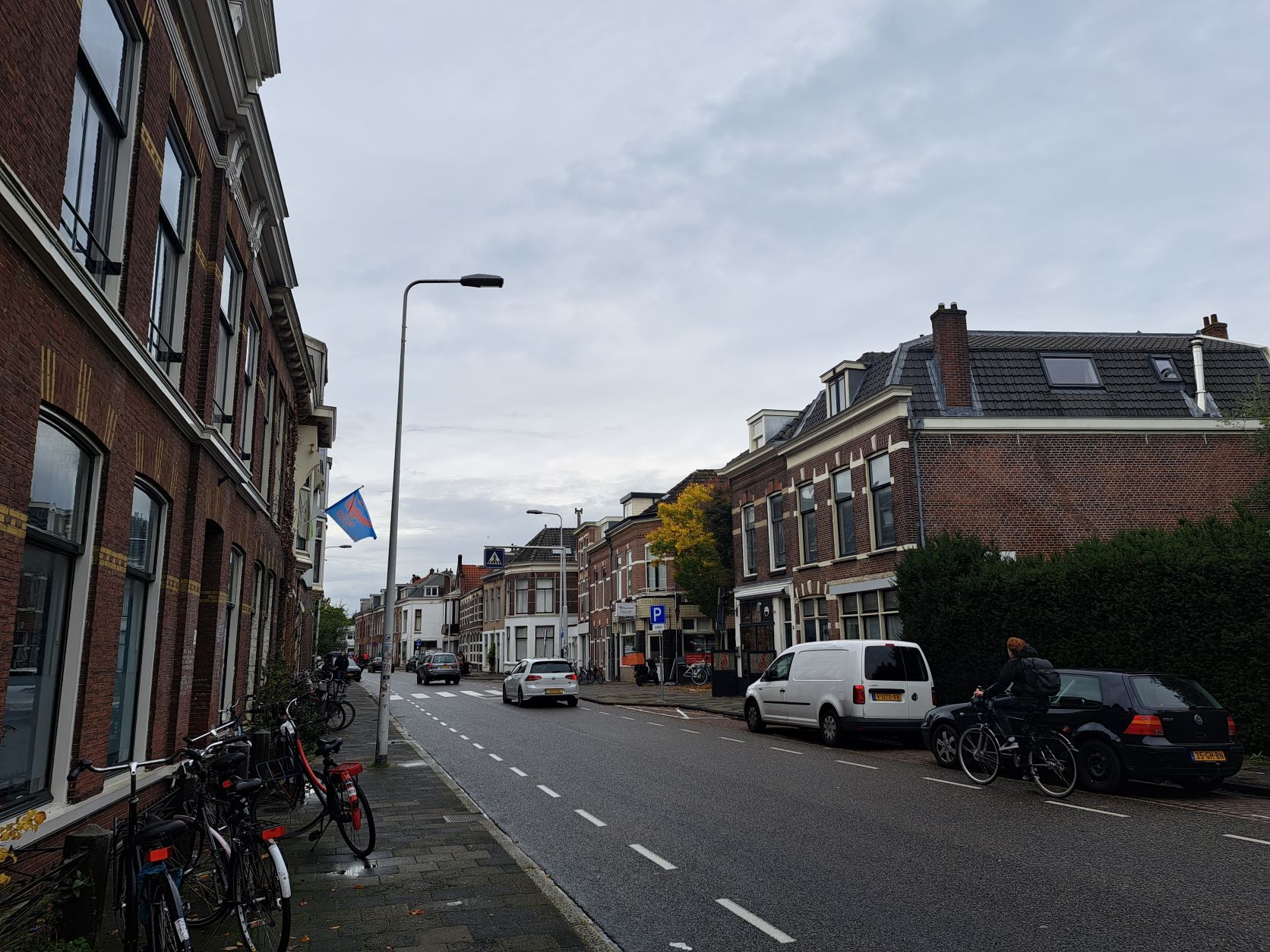
And the same Mosweg now -
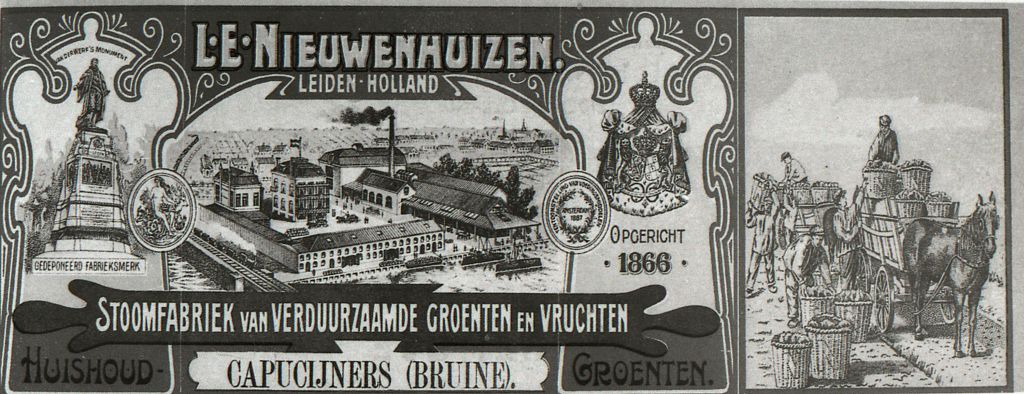
An old label of the cannery, via the image bank of the Vereniging Oud Leiden -
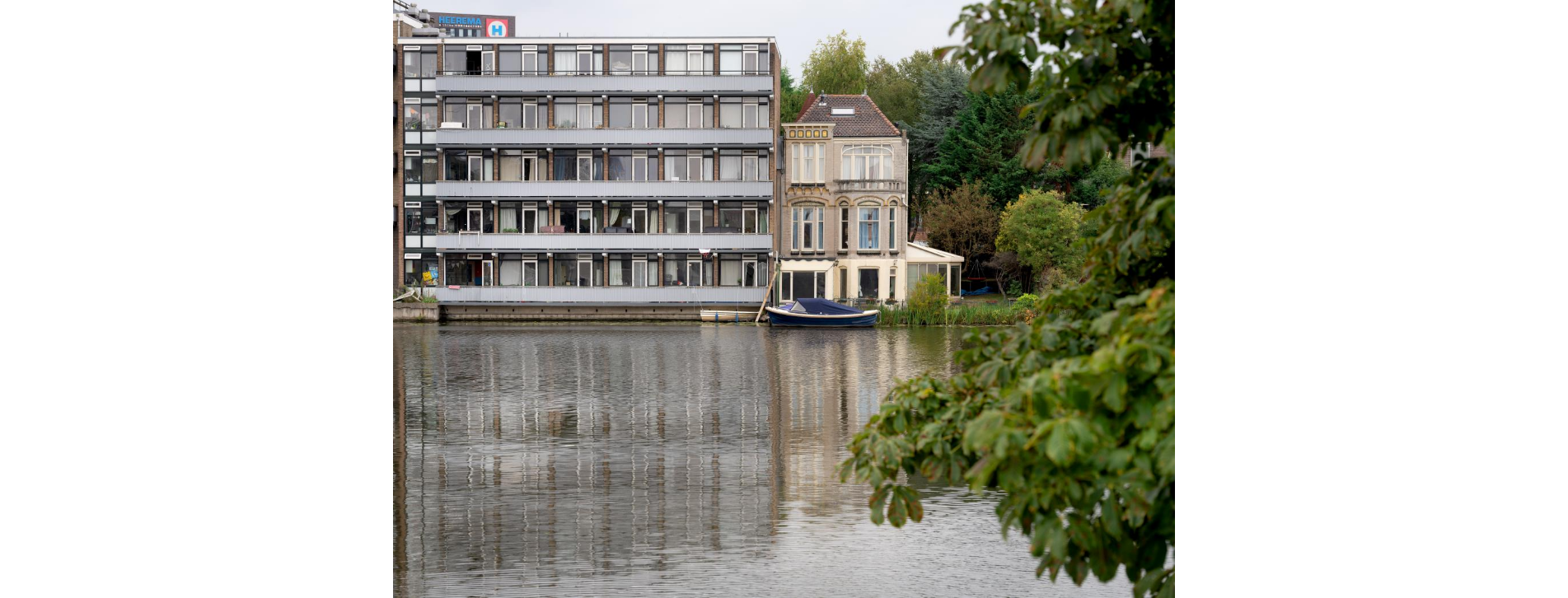
One of the research objects at Things That Talk: a modern student flat next to old buildings
Walking and watching films with the neighbourhood
The project's approach meant that the researchers did not primarily work towards a publication. Instead, the project will conclude on Thursday 20 October with a 'mini-festival' in the neighbourhood as part of Leiden 2022 City of Science, where they will look back on all the activities with local residents. 'One of the things that really resonated with the students was the walks by local residents,' says Schrikker. 'That's why we asked them to hold another one on Thursday. We are also creating a kind of pop-up exhibition: the students have incorporated their research into the fascinating, public-friendly, online platform Things That Talk, which they present there on monitors. There will be short lectures and a panel discussion on what an approach like this brings, and we will show old video footage from the 1970s and 1980s. In it, one of the local residents says that Transvaal is the most awful corner of the city. I’m very curious to see how that is responded to, because you still hear that a lot nowadays.'
Rolling out further
'Our research may not have grown very big, but it is very diverse,' Schmidt summarises her colleague's list of events. 'There are so many strands coming together, in terms of both themes and organisation, that I would really like to roll out this project further to other neighbourhoods. For now, at least, we have shown that you can still generate a lot of enthusiasm and make some fun finds with few resources, and that you get the best results when you work together with local residents. Of course, you can always go and have a chat in the neighbourhood at the very end of your research, but it’s much more interesting to explore what happens if you do that earlier in your project.'
The Leidsch Dagblad ran a series on different parts of the project. These articles can be read here (in Dutch). The public presentation of the students' research can be found on the website of Things That Talk.
